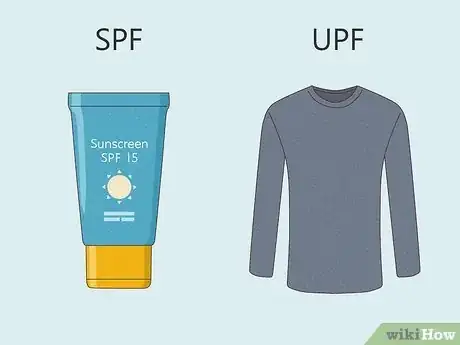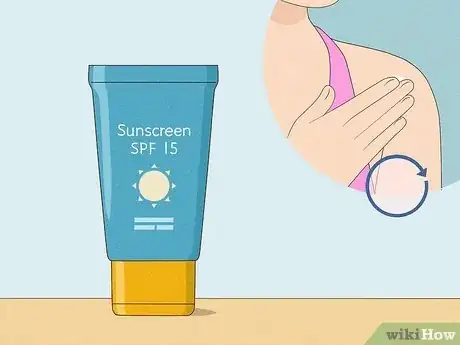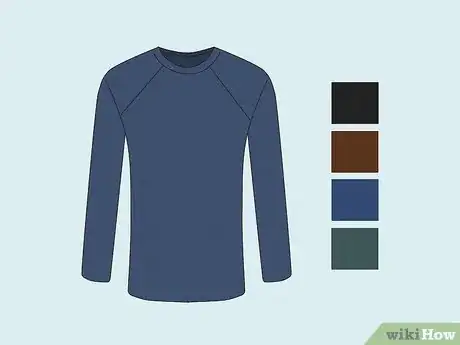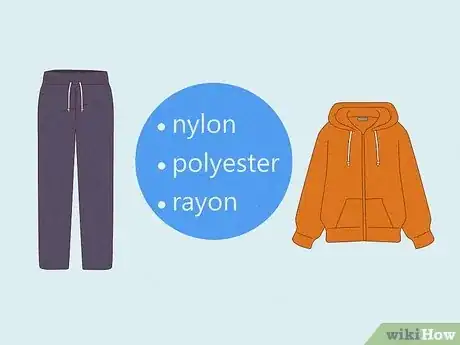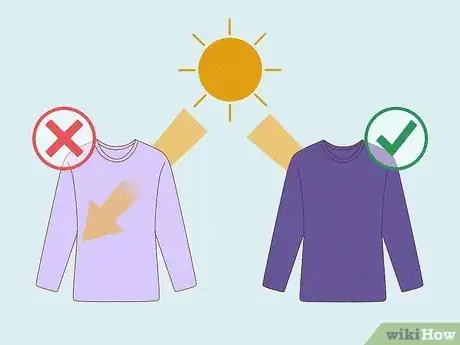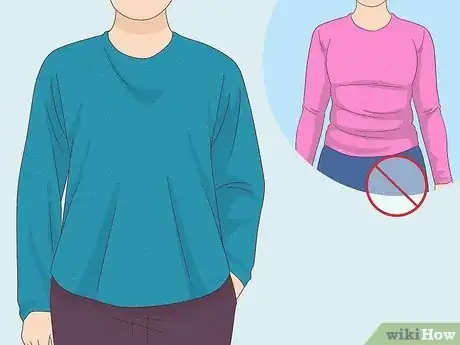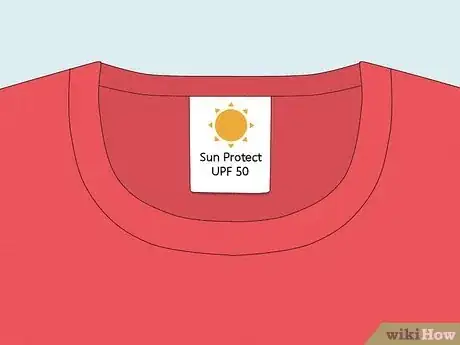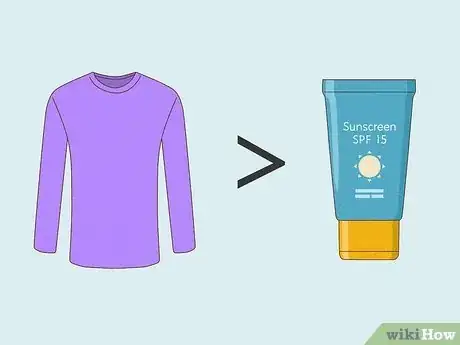This article was co-authored by wikiHow Staff. Our trained team of editors and researchers validate articles for accuracy and comprehensiveness. wikiHow's Content Management Team carefully monitors the work from our editorial staff to ensure that each article is backed by trusted research and meets our high quality standards.
There are 8 references cited in this article, which can be found at the bottom of the page.
Learn more...
It’s no secret that sunscreen is a great way to protect your skin from the sun’s rays, but did you know there’s a better method of sun protection? Sun protective clothing, better known as UPF clothing, is more protective (and low-maintenance) than reapplying sunscreen every hour. Unlike sunscreen, UPF clothing blocks harmful, cancer-causing UVA and UVB rays, and there’s no “wrong” way to put on a UPF-certified garment. If you’re ready to protect your skin, keep reading for a complete guide on the differences between SPF and UPF (plus how to choose the proper UPF clothing).
Things You Should Know
- Sun Protection Factor (SPF) measures the effectiveness of sunscreen, while Ultraviolet Protective Factor (UPF) measures the effectiveness of “sun protective” fabrics.
- SPF only blocks UVB rays, while UPF protects you from both UVB and UVA rays.
- Sunscreen isn’t as protective as UPF clothing because most people don’t apply it correctly. UPF blocks more harmful UV rays, and it doesn’t require reapplication.
Steps
References
- ↑ https://www.fda.gov/about-fda/center-drug-evaluation-and-research-cder/sun-protection-factor-spf
- ↑ https://www.ewg.org/sunsafety/tips-sun-clothing.php
- ↑ https://www.fda.gov/about-fda/center-drug-evaluation-and-research-cder/sun-protection-factor-spf
- ↑ https://www.ewg.org/sunsafety/tips-sun-clothing.php
- ↑ https://uihc.org/health-topics/what-difference-between-uva-and-uvb-rays
- ↑ https://www.aad.org/public/everyday-care/sun-protection/shade-clothing-sunscreen/sunscreen-faqs
- ↑ https://www.aad.org/public/everyday-care/sun-protection/shade-clothing-sunscreen/sunscreen-faqs
- ↑ https://pubmed.ncbi.nlm.nih.gov/11712033
- ↑ https://www.hopkinsmedicine.org/health/wellness-and-prevention/sunscreen-and-your-morning-routine
- ↑ https://www.fda.gov/about-fda/center-drug-evaluation-and-research-cder/sun-protection-factor-spf
- ↑ https://www.nytimes.com/wirecutter/blog/what-is-upf-clothing
- ↑ https://health.clevelandclinic.org/does-sun-protection-clothing-actually-work
- ↑ https://health.clevelandclinic.org/does-sun-protection-clothing-actually-work
- ↑ https://www.nytimes.com/wirecutter/blog/what-is-upf-clothing
- ↑ https://www.nytimes.com/wirecutter/blog/what-is-upf-clothing
- ↑ https://www.nytimes.com/wirecutter/blog/what-is-upf-clothing
- ↑ https://www.aad.org/public/everyday-care/sun-protection/shade-clothing-sunscreen/sunscreen-faqs
- ↑ https://www.ewg.org/sunsafety/tips-sun-clothing.php
- ↑ https://www.aad.org/public/everyday-care/sun-protection/shade-clothing-sunscreen/sunscreen-faqs
